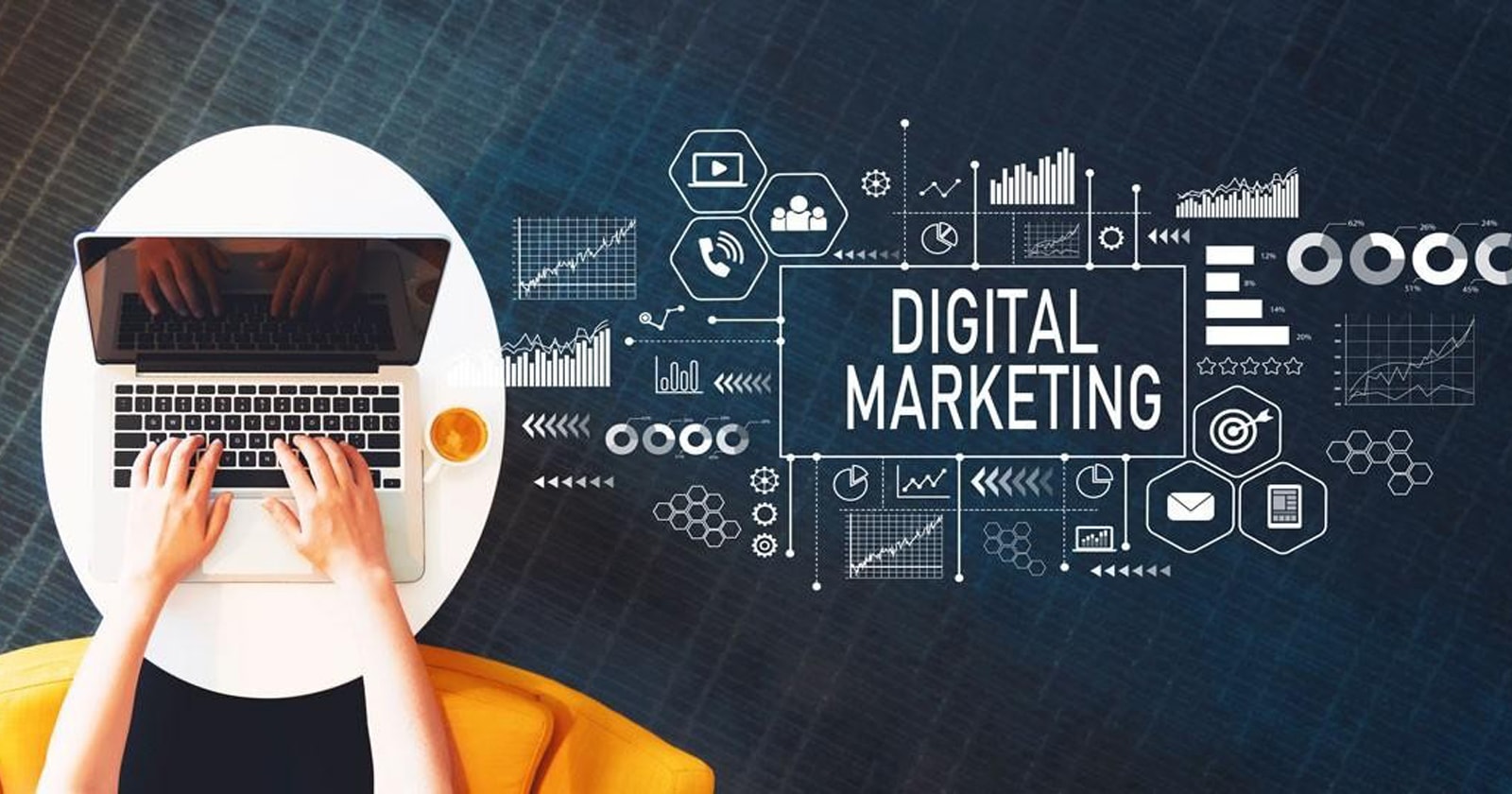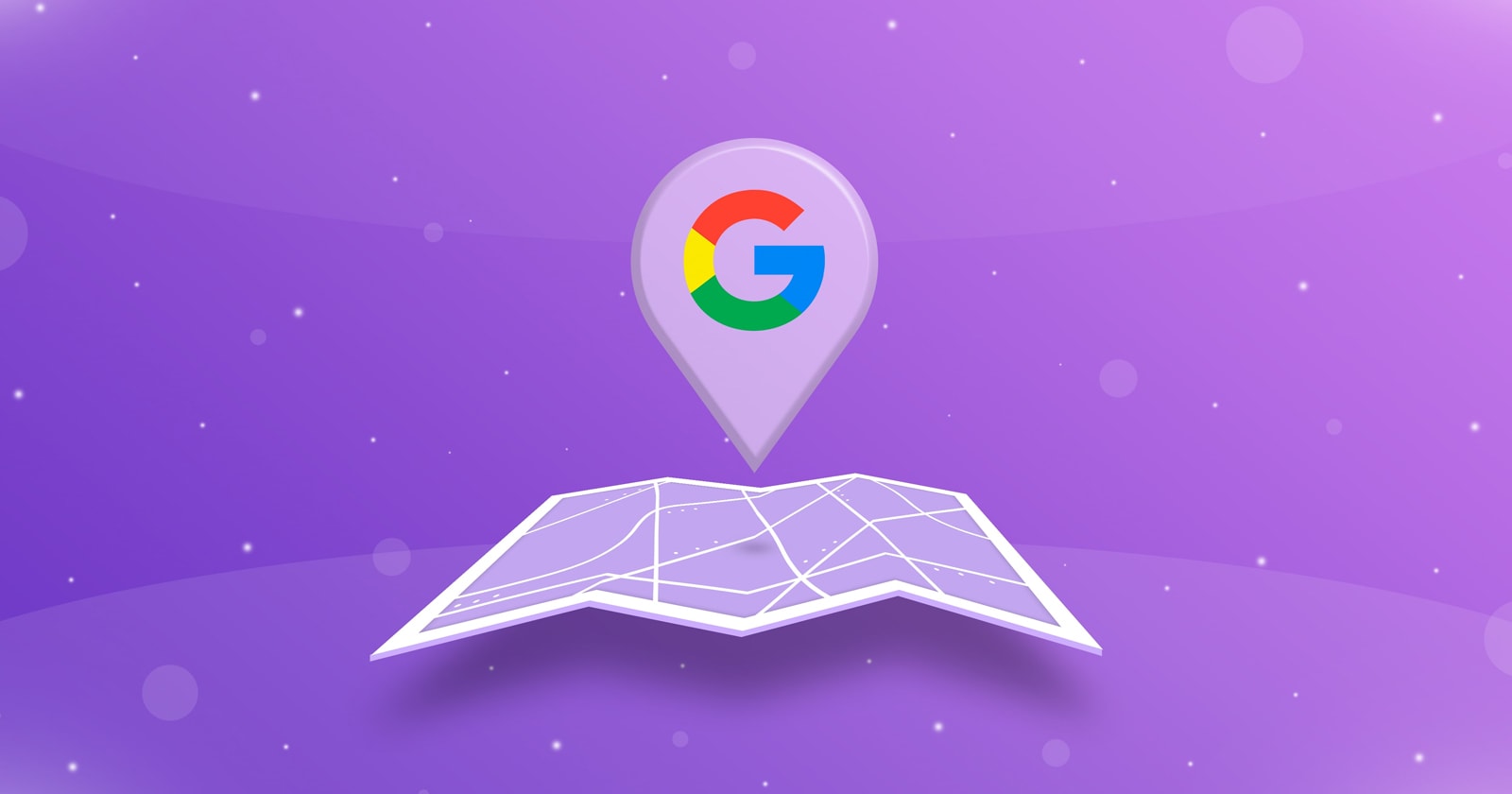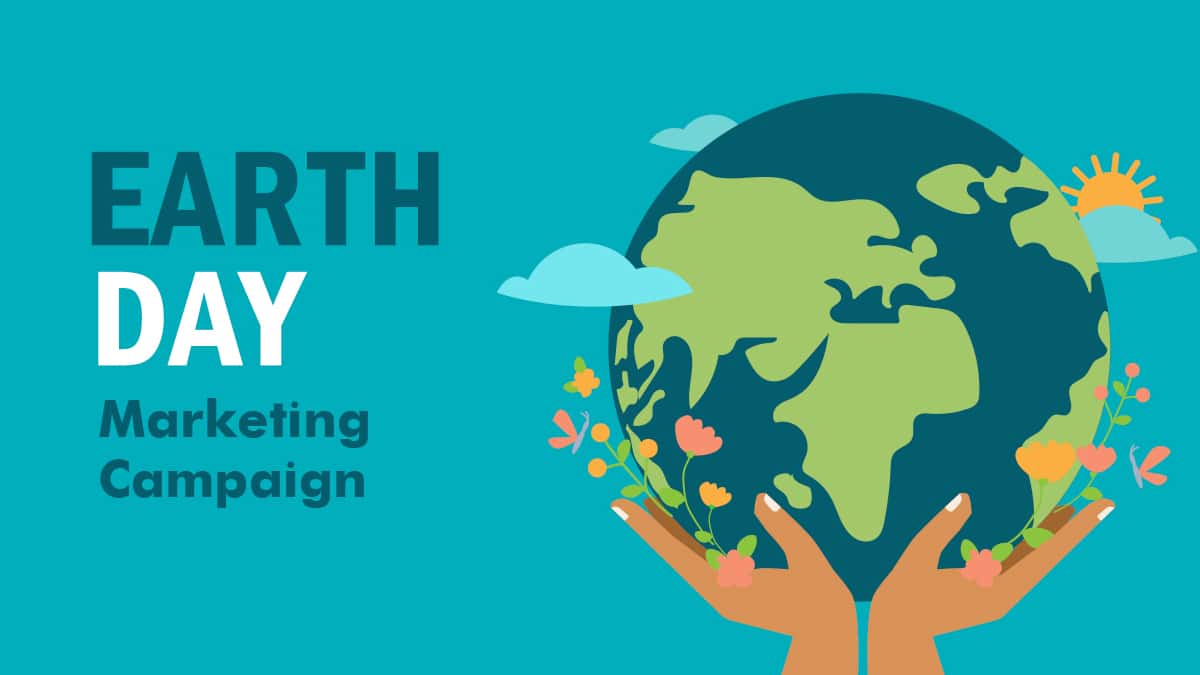The Internet is a highly accessible technology. At any given time, there are over 4 billion users online, which consists of approximately 59% of the worldwide population. And it is hard to believe, but the number of users that go online is still increasing every day.
In fact, constantly using the internet seems to be a widespread practice among adults as studies report a 5% increase in the past three years. With all these users online, the internet has allowed for a considerable shift in how people buy and shop for products or services- implying that traditional offline marketing isn’t as effective as it once was.
Marketing traditionally or now will always be about making the right connections with the right people at the proper time. That implies you’ll have to meet them on the internet- where they already spend their time online.
Cue, digital marketing- the process of digital marketing encompasses all marketing initiatives that involve the usage of the internet or electronic devices. To engage with potential and present customers businesses use digital sources such as social media, email, search engines, and various other websites.
Whether you’re an entrepreneur, a marketing expert, or a student wishing to brush up on your digital marketing abilities, The Ultimate Guide to Digital Marketing has everything you need. Use this guide right now to avoid the mistakes and false starts that come with doing it on your own.
Why is Digital Marketing Essential?
With digital marketing, you may use social media marketing, search engine optimization, PPC and email marketing to promote and sell your goods and services online.
Digital marketing is, at its core, just another kind of advertising. Organizations use it to reach out to the most significant potential clients and consumers.
Since your most excellent prospects may see and learn more about you and your goods and services via these same channels, digital marketing is a great way to connect with them directly.
As a beginner in digital marketing, it might be intimidating to try to learn all of the internet marketing strategies.
For businesses, digital marketing is essential because it links them to their clients online, and it is successful in many sectors. SEO and PPC, social media marketing, and email marketing link companies with their target consumers wherever they are.
Digital marketing is essential for any organization. Understanding the advantages of digital marketing for firms, such as the following:
Target a particular audience that is most likely to buy from you
Digital marketing ensures that businesses can target a specific audience and send personalised marketing messages to that audience resulting in a high conversion rate. It also allows you to find the necessary information regarding your buyers’ persona as well as tailor your marketing strategy over time, to ensure that you’re reaching a large number of prospects who are likely to buy what you are offering.
In addition to being able to target a specific audience, digital marketing also ensures that you can target certain subsets of your demographic, which is especially useful if you offer numerous products or services to different buyer personas.
A cost-effective marketing solution when compared to traditional marketing methods
Digital marketing provides you with a way to track your marketing campaigns on a regular basis and reduce the amount of money you may be spending on a channel that isn’t generating a solid return on investment.
Digital marketing is a lot less costly than traditional forms of advertising. Ad expenditure tends to be cheaper than other types of marketing, even though specific pricing varies depending on what you do.
Easily measure various crucial aspects
One of the most significant advantages of digital marketing is that it can provide you with a complete, end to end perspective of all the metrics that are important to your company; impressions, views, clicks, time on page, shares, and many other such aspects that are crucial for successful marketing.
Basically, it allows you to observe exact results in real-time, unlike most offline marketing initiatives.
- It can help you measure crucial elements such as;
- website traffic
- lead generation
- content performance
Different Types of Digital Marketing
As a whole, digital marketing includes a broad range of techniques and technology used to communicate with customers online. It has transformed the marketing industry by allowing businesses to create their unique brand identity via internet marketing.
Search Engine Optimization, Paid Advertising, Social Media Marketing, Email Marketing, Content marketing and so on are just a few of the several types of digital marketing that can be split down into.
The following are a few of the most popular forms of digital marketing, with a brief description of each:
Search Engine Optimisation (SEO)
SEO is the process of boosting the quantity of organic traffic to your website by optimising it to rank way higher in search engine results pages (SERPs), and 51% of the total website traffic comes from organic searches. Channels like websites, infographics, and blogs profit the most from SEO.
Web site traffic may be increased by ranking better in Google’s search results using search engine optimization (SEO). For this, search engine optimization (SEO) marketers do keyword research and use those keywords in the content they produce.
There are a variety of approaches that one can take for proper SEO; these may be used to drive quality traffic to your website; here are a few of them;
On-Page SEO: This sort of SEO is focused on all the content that you see “on the page.” Doing simple things like researching keywords for their meaning and amount of searches and using them to answer questions relevant to your keywords will result in better ranking on search engine result pages. Some of the most popular on-page SEO techniques are:
- Optimising meta tags for keyphrase
- Authoritative outbound links
- Providing lengthy, in-depth content
- Internal cross-linking
- Improving site loading speeds
Off Page SEO: This focuses on all the activities you do optimise your website “off the page”, like backlinks or inbound links. How highly you rank for the keywords that are relevant is significantly influenced by the numerous publishers who create links to you and their respective “authority”. You may get the backlinks you need to enhance the ranking of your website on the right SERPs by networking with other authoritative publishers, producing guest posts on their websites that have a backlink to yours, and creating external attention. Some other strategies to help in link-building include;
- Developing Infographics that can be shared
- Writing and promoting case studies.
- Get your website included in directories and resource lists.
Technical SEO: This type of SEO is concerned with the coding of your web pages and the backend of your websites. Technical SEO techniques such as structured data, image compression, and CSS file optimisation can all help your website load faster, which is a key ranking factor for popular search engines.
Ranking higher on search engines is important because 91.5% of the web traffic is split between the websites listed on the first page of Google’s search results.
Content Marketing
Users online are starving for information on how to solve their problems or achieve their goals. You will acquire their trust if you provide it to them in the form of high-quality, valuable content. As a result, your companies will gain market authority and become the customer’s first choice when they need to make a decision, and this is what content marketing is all about.
SEO keywords may be included in new website content, which can then be shared on social media and email marketing campaigns. This is how content marketing and other forms of digital marketing work together. You can learn a lot about your clients by studying your content marketing analytics: what are they searching for when they arrive at your site? Why do they remain on the site longer and peruse the rest of the pages? What types of things pique their attention and cause them to take a detour?
This strategy entails releasing relevant material that provides solutions to the questions asked by your audience. This could be done through blogs, emails, social media, or any other similar medium. However, 98 % of content marketers preferred to use blog posts as a part of their content creation strategy in 2020.
Depending on the channel, a different format may be required; ebooks, infographics, quizzes, datasheets, and other sorts of content marketing material can help you convert visitors to leads. It is expected that content marketing spending will grow by 14 % in 2021.
Paid Advertising
There are a few options for paying for media on the internet. You may promote on social media and through search engines. Prior to the organic results, paid advertisements for search engines appear at the top of the SERP. They are distanced by a tag that reads “Ad” right next to them.
Third-party sponsored ads and search engine results are referred to as “pay-per-click” advertising. A short-term digital marketing strategy, this ad will vanish as soon as you stop paying. Pay-per-click advertising (PPC), like SEO, is a way to increase website traffic.
There are many different types of pay-per-click adverts, including those that appear at the top and sides of a search results page, before YouTube videos, and on mobile applications.
Pay-per-click is distinct from SEO because you only pay for what you get. Pay-per-click models like Google’s Ads require you to shell out money only if someone clicks on your ad and visits your website.
This type of digital marketing uses a different payment structure, among which PPC or pay per click is the most common, and it may be employed in practically any digital marketing strategy. Actually, 24% of marketers use paid advertising to impact their sales directly. This is where you buy clicks on your ad by bidding on keywords in a keyword auction.
68% of marketers reported that paid advertising is extremely important; in fact, U.S. advertisers spent around $50 million on digital display advertising. In the past year alone.
Email Marketing
Email marketing is a method for businesses to communicate with their customers about promotional information, events, and offers, as well as send customers or potential customers to a company’s website. Personalised messages is the first and foremost tactic used by email marketers.
The open rate (the percentage of recipients who opened the email) and the click-through rate (the number of recipients who opened the email and clicked on a link therein) are two analytical metrics that email marketing software can provide that marketers are constantly striving to improve. They are both important.
An email marketing campaign may consist of the following types of emails:
- Welcome Emails to customers
- Newsletters for blog subscribers
- Promotional information to eligible members regarding holiday offers
- Helpful tips or something similar sent out for the purpose of customer nurturing
According to a study conducted on 1000 small business owners- content marketing is the second most effective medium for building brand awareness, and this is backed by the estimate that global email users will grow to 4.48 billion by 2024—a number which was already up to 3.9 billion in 2019.
Social Media Marketing (SSM)
Social media marketing, as the name suggests, is a means of promoting a product, service, brand, or content through social media platforms. Just like Search engine marketing, SMM can also be done organically or by paying for ads. Or both at the same time.
You can share your material on social media or post advertising and pay to target a specific audience.
The most important thing in both cases is to select the most appropriate social network for your persona, brand, product/service, or content.
It’s not a good idea to put social media marketers in a distinct department from the rest of the marketing team. Every aspect of an organization’s marketing strategy, online and offline, must be aligned to present the same narrative to its customers and prospects.
Facebook, Instagram, and Twitter lead the race as the most common social media platforms that marketers use. It is expected that the number of social network users in the U.S. alone will reach 257.4 million in the next couple of years.
The Bottom Line
Every business has its unique set of clients, market area, rivals, goods, and more. Therefore, there is no one-size-fits-all digital marketing plan.
As you begin to construct your digital marketing plan, we hope the above-mentioned points help you understand what digital marketing is and its need in today’s market.
Frequently Asked Questions
How can I become a digital marketer?
Here are five simple steps to follow in order to become a digital marketer:
1. Complete your bachelor’s degree.
2. Learn about digital marketing skills.
3. Pursue digital marketing certifications, bootcamps and courses.
4. Get an entry-level digital marketing job.
5. Keep honing your skills.
What is the future of digital marketing?
Digital marketing indeed is the fastest growing form of marketing across the globe. More and more businesses are investing in digital marketing owing to its cost effectiveness, reach, measurability and accuracy.
How does digital marketing help startups?
Digital marketing lets startups to:
● Work with less marketing budget.
● Boost their online visibility.
● Build brand awareness.
● Build authority.
● Generate leads.
● Increase sales.


























 RSS Feeds
RSS Feeds